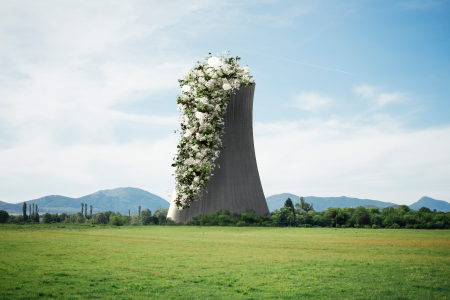Phytoremediation is an innovative ecological method that uses plants to clean up soils, water, and air. By harnessing the natural properties of plants, this technique offers a sustainable solution to pollution problems. This article explores the potential of plants in cleaning up our environment.
1. What is Phytoremediation?
Phytoremediation is a process that utilizes plants to remove, degrade, or stabilize pollutants present in the environment. This mechanism relies on the ability of plants to absorb, accumulate, or break down contaminants.
2. Mechanisms of Phytoremediation
Plants can act through several mechanisms:
- Phytostabilization: Stabilizing contaminants in the soil to prevent their migration.
- Phytodegradation: Degrading pollutants through the metabolic processes of plants.
- Phytovolatilization: Releasing contaminants as gases into the atmosphere.
3. Benefits of Phytoremediation
- Ecological: An environmentally friendly method, without the use of chemicals.
- Economic: Reduces cleanup costs compared to traditional techniques.
- Aesthetic: Plants improve the visual appearance of polluted sites, promoting biodiversity.
4. Examples of Plants Used
Certain plants are particularly effective for phytoremediation:
- Sunflower: Effective for absorbing heavy metals like lead and cadmium.
- Bamboo: Capable of extracting organic pollutants and stabilizing soils.
- Rice: Used in the decontamination of soils polluted by heavy metals.
5. Case Studies
Phytoremediation projects have been carried out around the world, showing promising results. For instance, in some industrial areas, sunflower plantations have successfully reduced the concentration of heavy metals in the soil.
6. Conclusion
Phytoremediation represents an innovative and sustainable solution to address environmental pollution issues. By harnessing the power of plants, we can not only clean up our environment but also contribute to the protection of our planet.
7. Call to Action
Let’s encourage the use of phytoremediation in our cleanup projects and raise awareness of this ecological technique in our communities!



